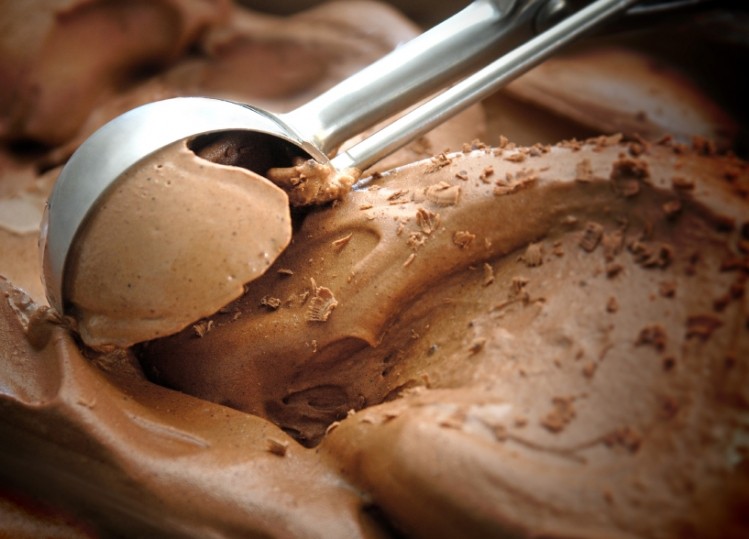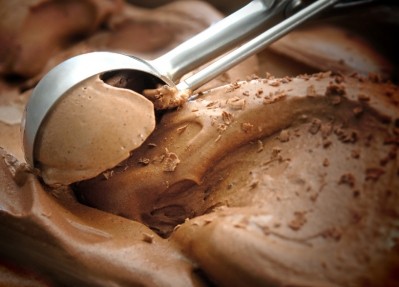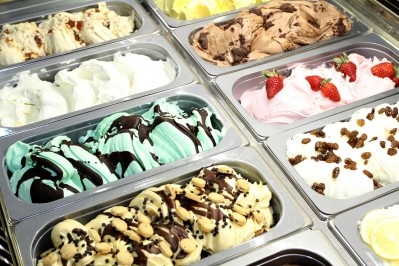Manufactured ice cream superior to homemade

Making ice cream at home offers very different results to commercially produced, Maya Warren, a PhD student at the University of Wisconsin-Madison, told the Institute of Food Technologists in a video interview.
“It all has to do with the freezer itself, the slower you freeze the product, the more time the ice crystals have to grow,” said Warren.
“Imagine it taking 30 minutes to freeze a product [at home] versus making a product commercially and taking 30 seconds to freeze.”
Less creamy mouth feel
The larger the ice crystals, the less-creamy the mouth feel and therefore the less satisfying the product, she said.
The differences between premium and economy brands came down to the levels of fat and air in each of the products, explained Warren.
Premium scooping ice creams would have more than 15% milk fat in them, while economy scooping ice creams would have around 10%.
“Also, the amount of air [differs],” she said. “Premium scooping ice creams tend to have lower air and it’s crazy how many frozen dessert are out there, and there are big differences between them.”
Higher demand from consumers for lower fat and lower sugar products had led to a new type of ice cream on the shelf, she added.
Fat replacers
In addition to having added stabilisers and fat replacers to replace missing fat and to add bulk, low-fat and fat-free ice creams were frozen differently.
“They are frozen at a lower temperature faster, creating smaller ice crystals,” explained Warren.
“So when it hits your palate, you perceive it to be just as creamy as fuller fat ice cream.”
Meanwhile, UK sales of traditional ice cream cones dipped by more than 5% in 2013, while demand for Ben & Jerry’s and Häagen-Dazs rocketed by 18% in the same year.
Overall sales volumes of ice cream rose by more than 3% in 2013 to 341.1M litres and sales value grew by nearly 7% to £840M, according to Kantar Worldpanel figures.
Demand for traditional dessert flavours in ice cream had also grown in 2013, according to new data from Innova.
European ice cream product launches featuring the tastes of desserts rose by more than 47% between 2010 and 2013, it said.
Products containing the flavours of cookies and cakes also rose by 19.7% for the same period.
Warrens’s ice cream storage tips for consumers :
- Don’t let ice cream sit out long enough to melt
- The more ice cream thaws and re-freezes, the bigger the ice crystals become
- Take scoops and put the tub back in the freezer
- Store ice cream in a tightly sealed container
- Eat ice cream within a week of purchasing



















